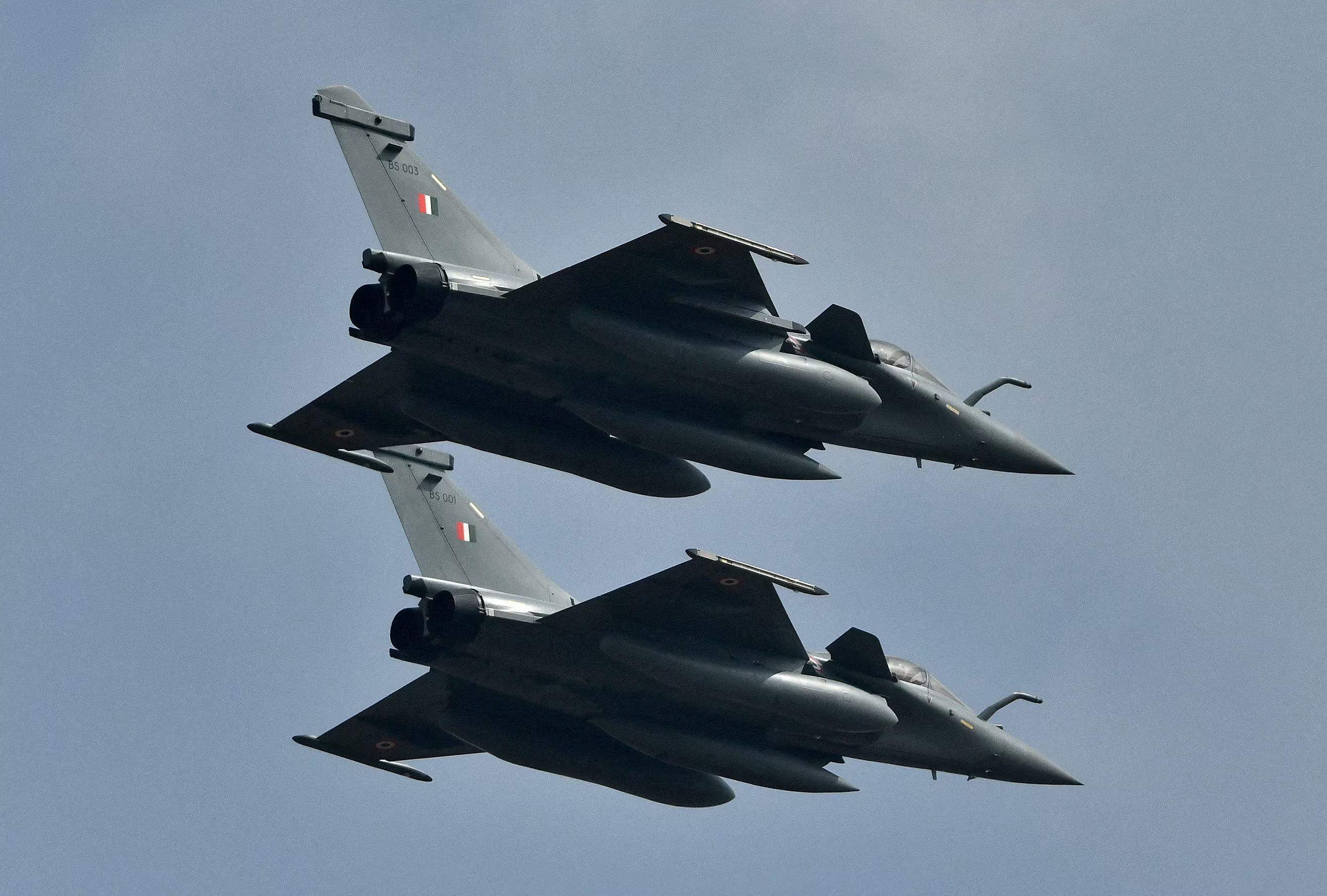A recent aerial clash between Chinese-made Pakistani fighter jets and French-made Indian Rafale aircraft is being closely analyzed by militaries worldwide, offering rare insights into the performance of advanced fighter jets and air-to-air missiles in active combat.
According to two U.S. officials speaking to Reuters, Pakistani forces used Chinese-made J-10 jets to shoot down at least two Indian military aircraft on Wednesday, marking a significant milestone for Beijing’s advanced fighter technology. The incident provides a unique opportunity for defense experts to study pilot tactics, aircraft capabilities, and missile effectiveness in real combat conditions.
Experts say the live use of sophisticated weaponry, including China’s PL-15 air-to-air missile and Europe’s MBDA-produced Meteor missile, will be scrutinized globally, especially by China and the United States, both preparing for potential conflicts in the Indo-Pacific region. While there has been no official confirmation of the specific missiles used, social media and defense circles have focused on the performance comparison between the PL-15 and the Meteor.
Douglas Barrie, senior fellow for military aerospace at the International Institute for Strategic Studies, noted the significance of the encounter, describing it as a potential face-off between “China’s most capable weapon against the West’s most capable weapon.” He added that intelligence from both sides, including India and Pakistan, would be invaluable for understanding the effectiveness of these systems.
A defense industry executive highlighted the PL-15 as a major concern for the U.S. military, which closely monitors its capabilities. Dassault Aviation, manufacturer of the Rafale, declined to comment, and MBDA was unavailable due to a French public holiday.
Despite the interest, many details remain unclear, including whether the Meteor missile was deployed and the level of pilot training on both sides. Analysts caution that operational factors and the “fog of war” complicate assessments of technical performance.
Byron Callan, a Washington-based defense expert, pointed out that arms manufacturers receive ongoing feedback from conflicts like the war in Ukraine and expect similar intelligence from the India-Pakistan confrontation. He suggested that if the PL-15 performs as advertised or better, China would be eager to confirm its effectiveness.
There is uncertainty over whether Pakistan possesses the export version of the PL-15 missile or a domestic variant used by China’s air force. Barrie believes Pakistan likely has the export model, which was publicly unveiled in 2021.
Western sources dispute claims that the rocket-powered PL-15 has a longer range than the air-breathing Meteor missile but acknowledge that its capabilities may exceed previous estimates. The Meteor’s exact range remains classified, making definitive comparisons difficult.
The PL-15’s development has long been a focus of Western military interest, signaling China’s advancement beyond Soviet-era technology. In response, the U.S. is developing the AIM-260 Joint Advanced Tactical Missile through Lockheed Martin to counter the PL-15’s beyond-visual-range capabilities.
Meanwhile, European nations are considering mid-life upgrades to the Meteor missile, potentially enhancing propulsion and guidance systems, though progress has been slow.










